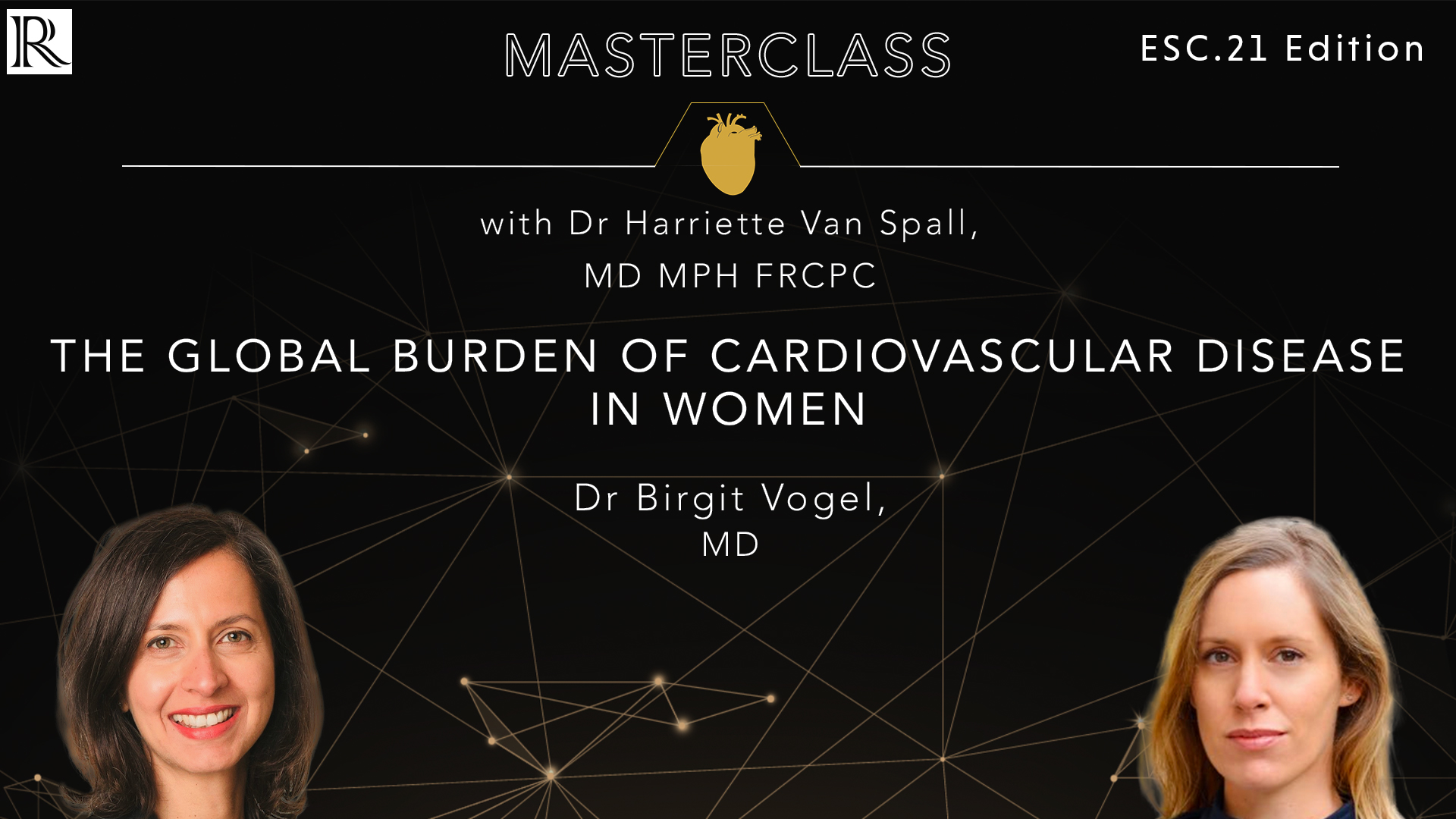ESC 2021: Late-breaking Science Video Collection
Published: 02 September 2021
-
Views:
 6048
6048
-
Likes:
 7
7
-
Views:
 6048
6048
-
Likes:
 7
7
-
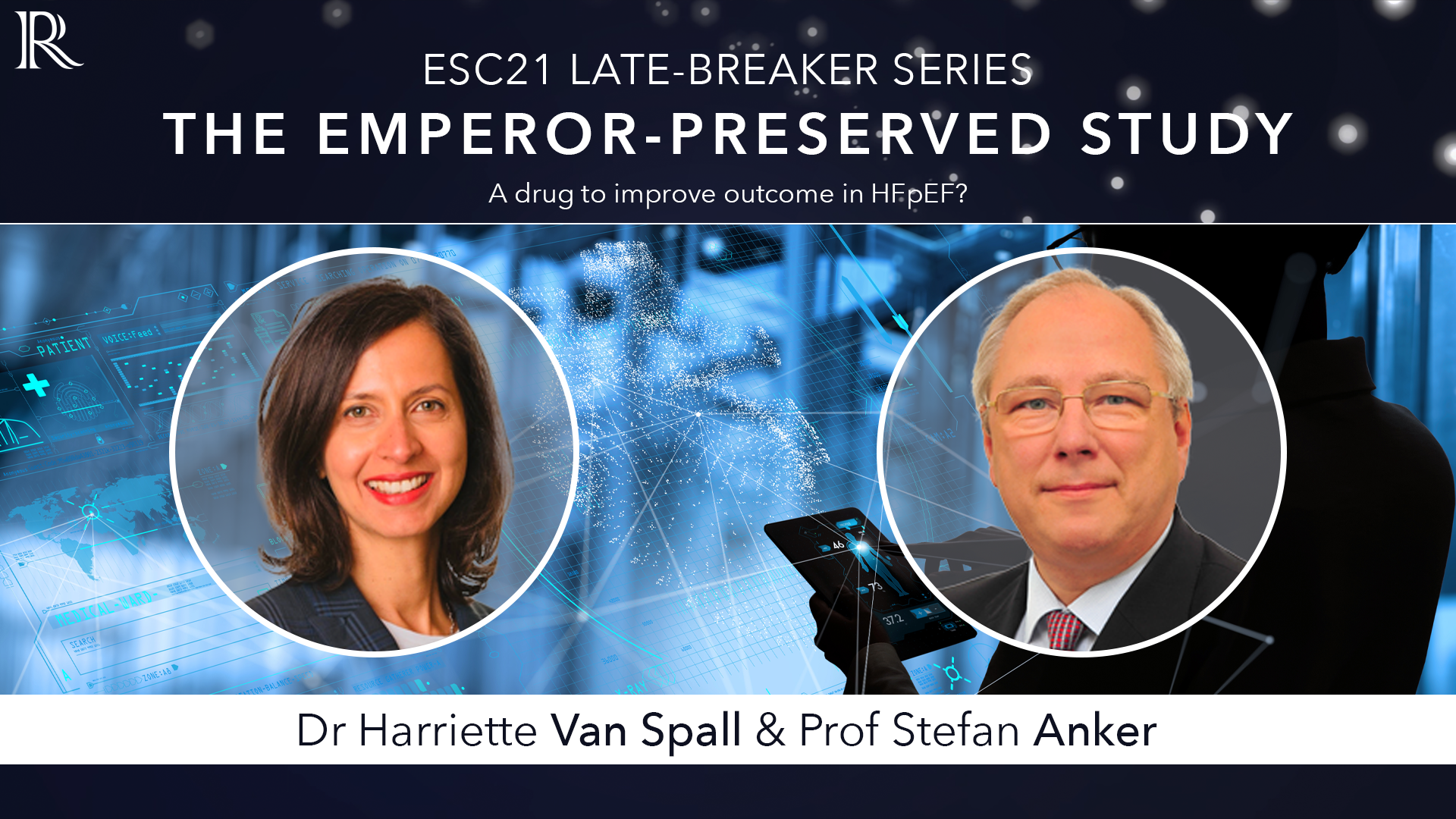 Up Next
Up Next -
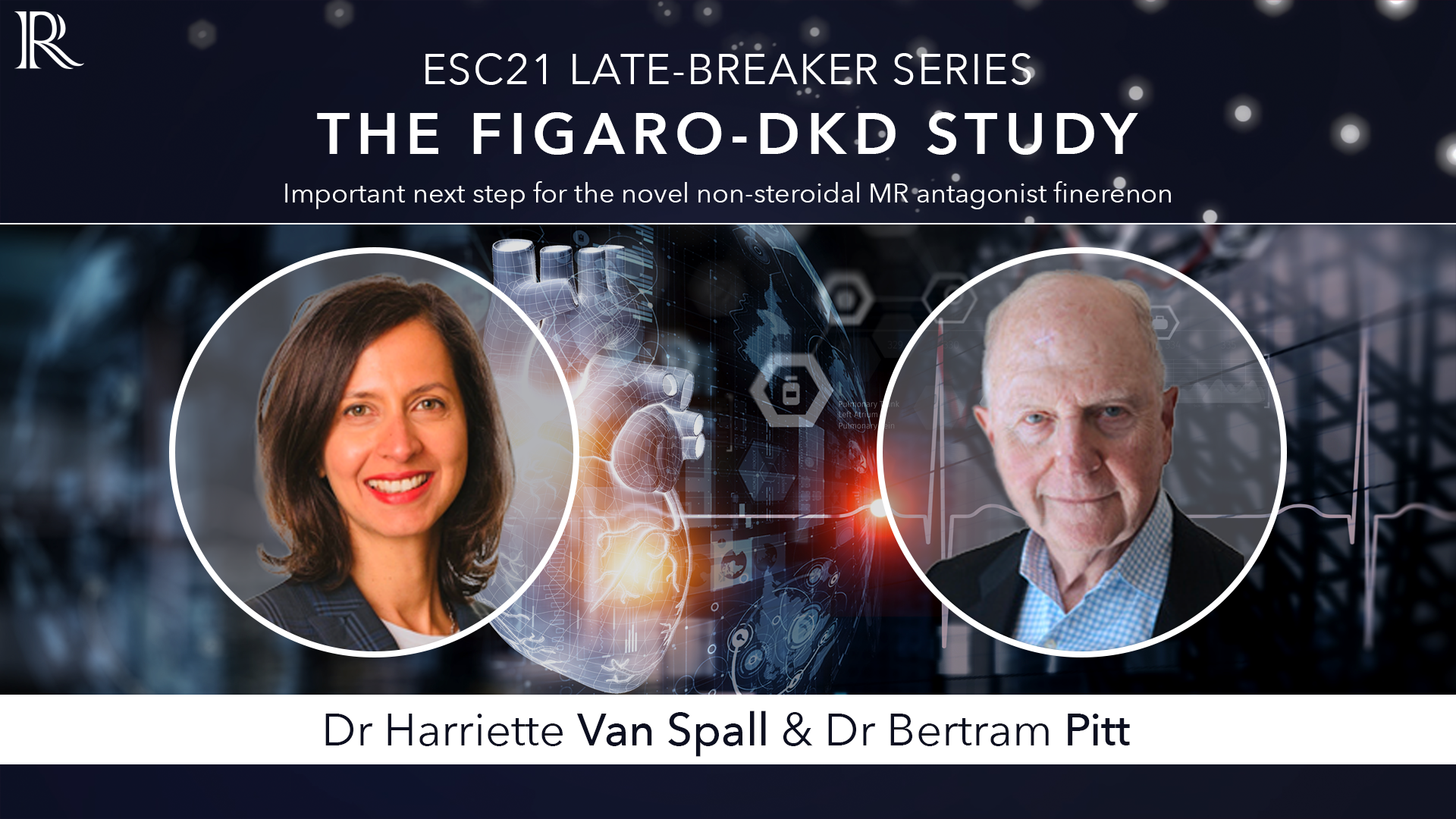 15m 2sPart 2 | Session 2 ESC 2021 Discussion: The FIGARO-DKD Trial
15m 2sPart 2 | Session 2 ESC 2021 Discussion: The FIGARO-DKD Trial -
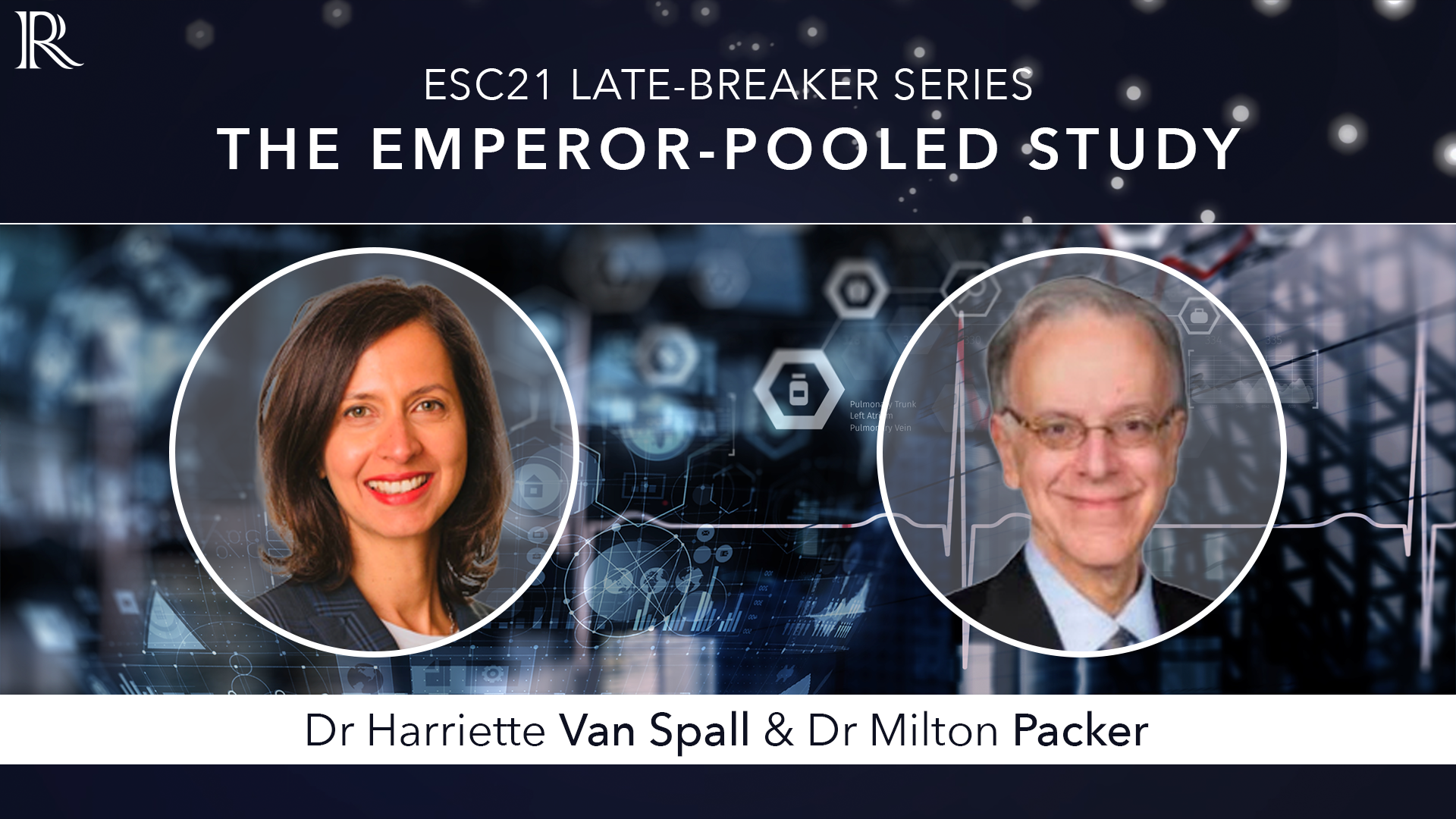 20m 8sPart 2 | Session 3 ESC 2021 Discussion: The EMPEROR-Pooled Study
20m 8sPart 2 | Session 3 ESC 2021 Discussion: The EMPEROR-Pooled Study
-
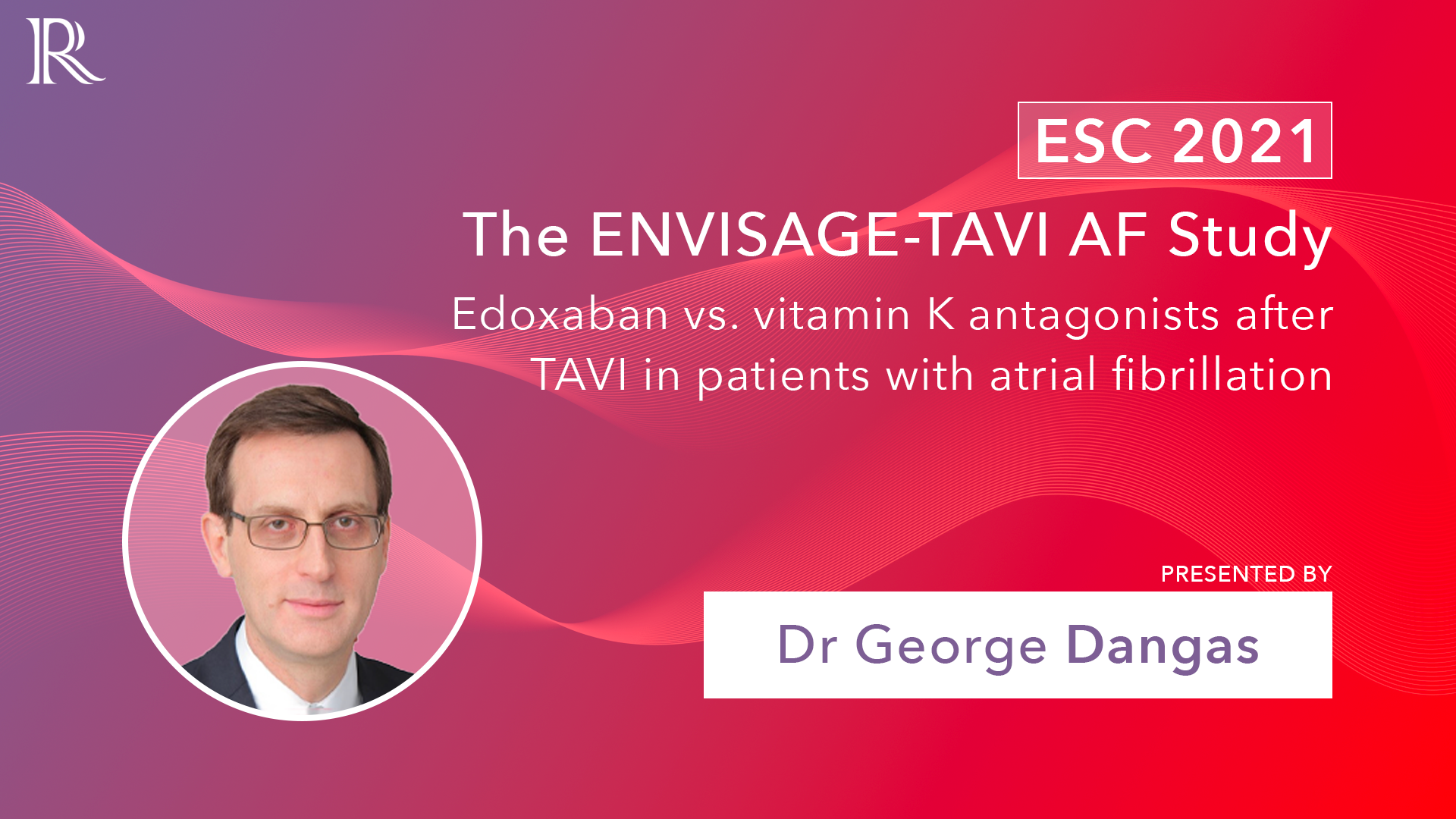 6m 33s
6m 33s -
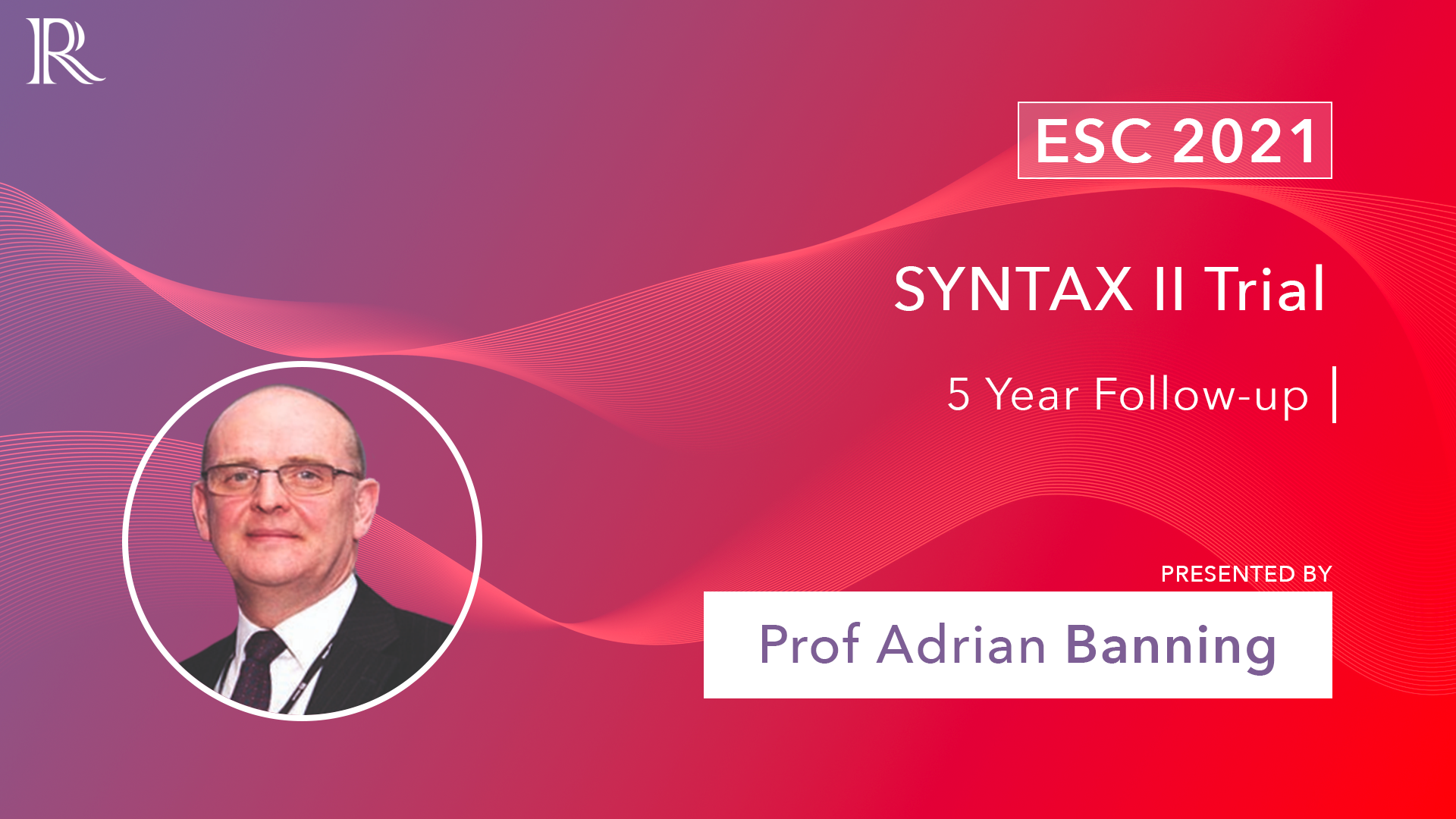 4m 39sPart 3 | Session 2 SYNTAX II Trial: 5yr Data Shows Reduction in MACE in PCI
4m 39sPart 3 | Session 2 SYNTAX II Trial: 5yr Data Shows Reduction in MACE in PCI -
 8m 40sPart 3 | Session 3 TWILIGHT-HBR: Ticagrelor Monotherapy in HBR Patients Undergoing PCI
8m 40sPart 3 | Session 3 TWILIGHT-HBR: Ticagrelor Monotherapy in HBR Patients Undergoing PCI -
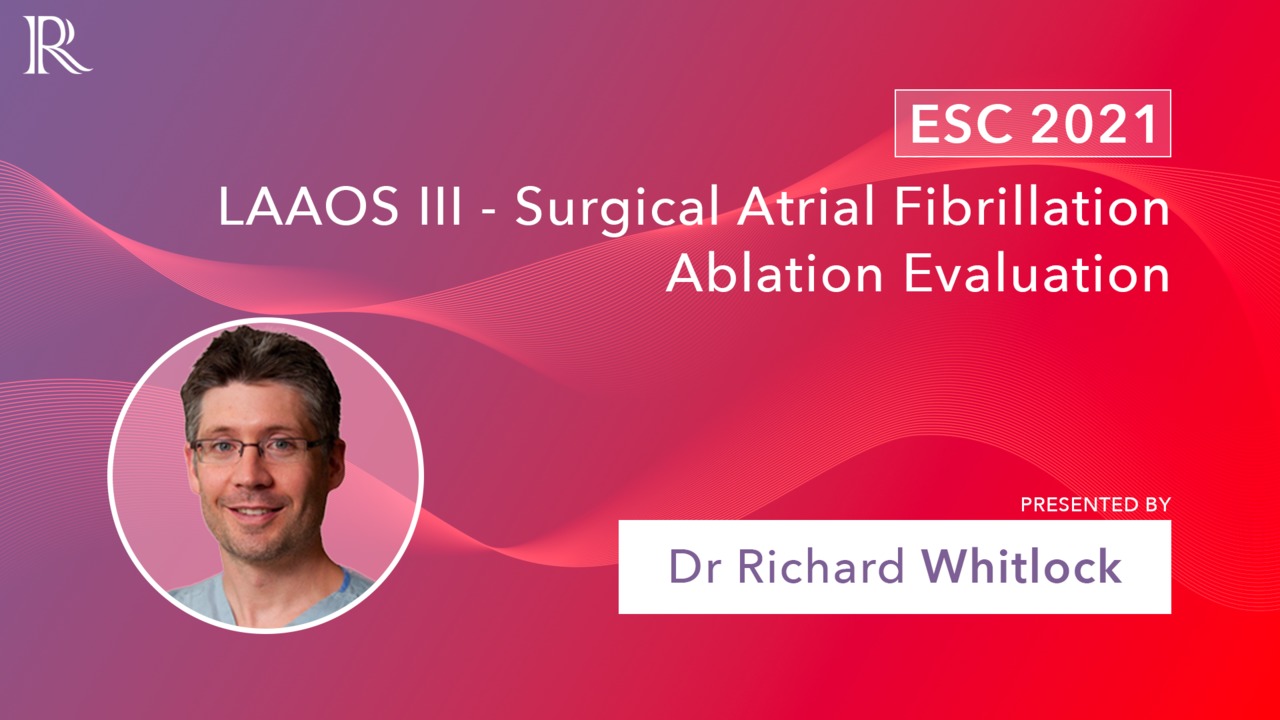 5m 21sPart 3 | Session 4 The LAAOS III Study: Surgical AFIB Ablation Evaluation
5m 21sPart 3 | Session 4 The LAAOS III Study: Surgical AFIB Ablation Evaluation -
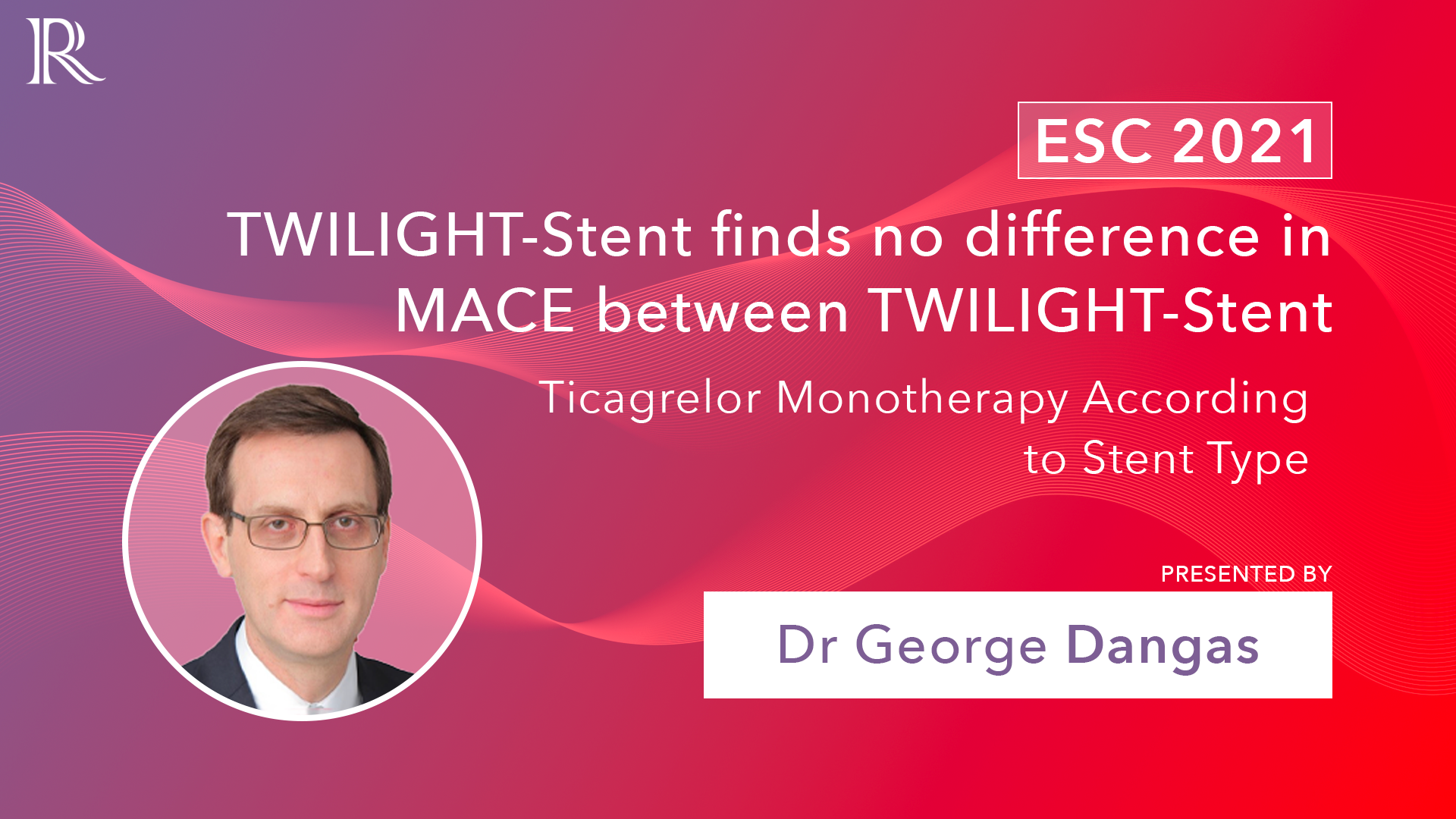 9mPart 3 | Session 5 TWILIGHT-Stent: Ticagrelor Monotherapy According to Stent Type
9mPart 3 | Session 5 TWILIGHT-Stent: Ticagrelor Monotherapy According to Stent Type -
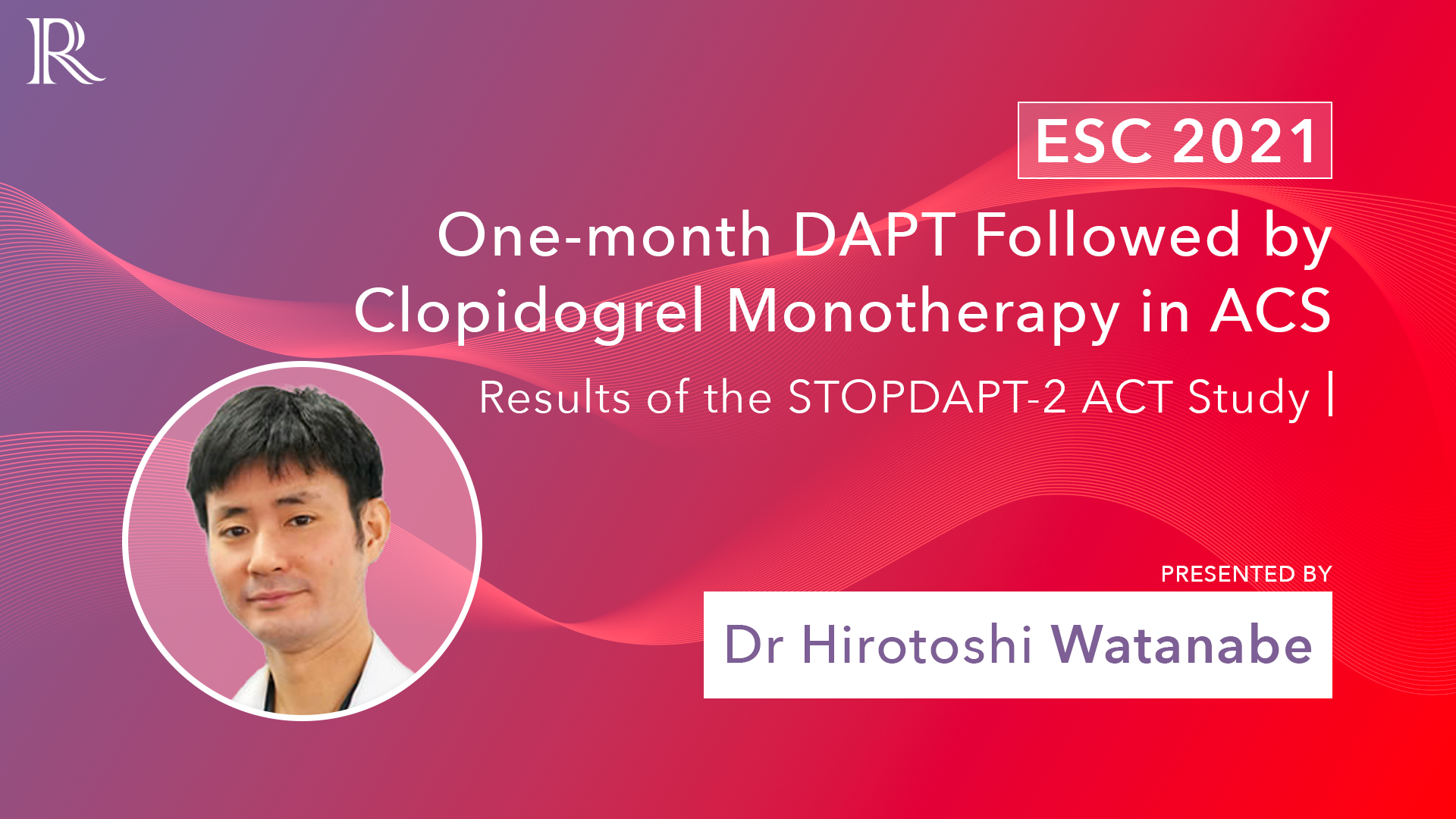 5m 43sPart 3 | Session 6 STOPDAPT-2 ACT: 1-Month DAPT Followed by Clopidogrel Monotherapy in ACS
5m 43sPart 3 | Session 6 STOPDAPT-2 ACT: 1-Month DAPT Followed by Clopidogrel Monotherapy in ACS -
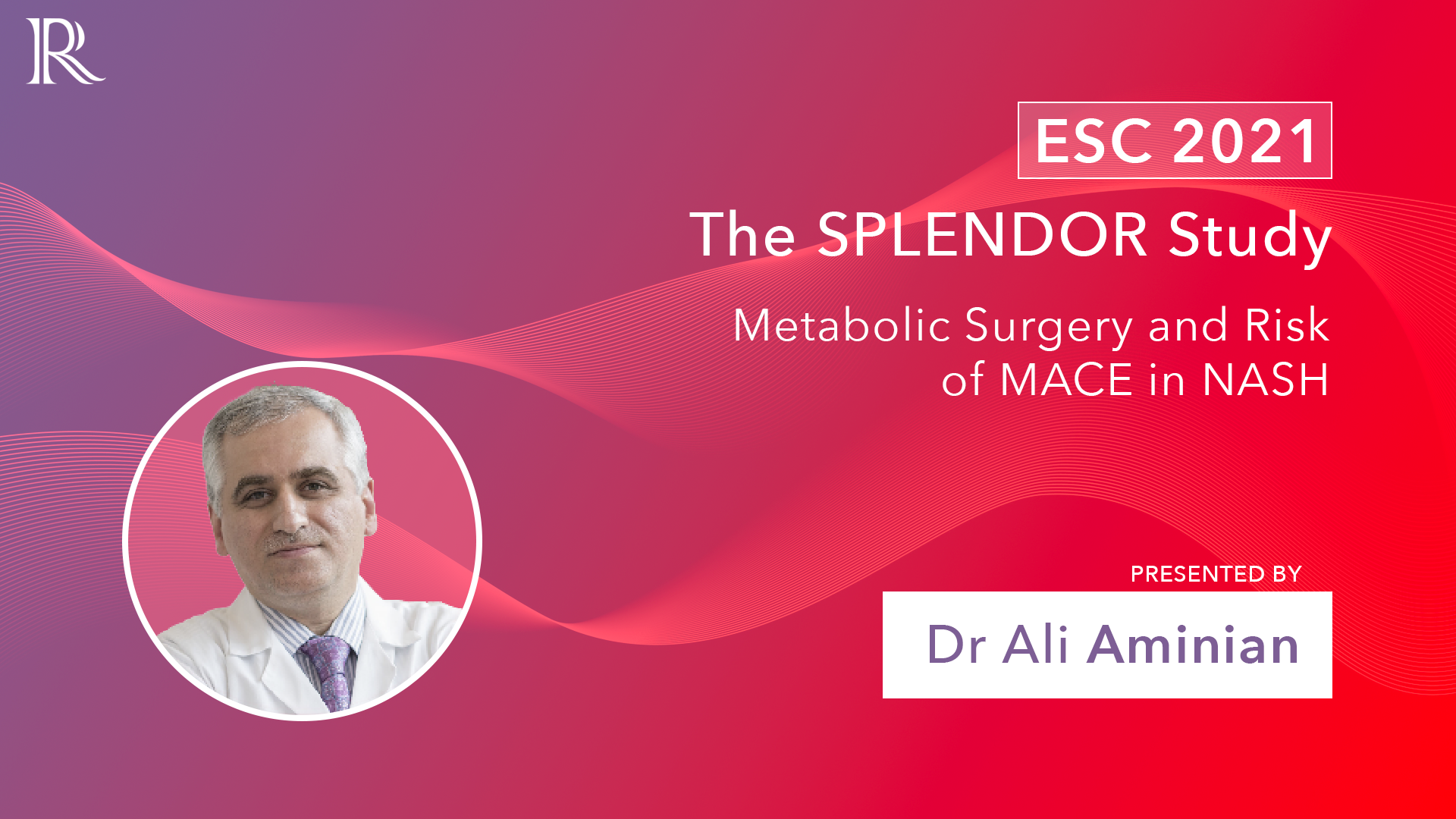 5m 41sPart 3 | Session 7 SPLENDOR: Metabolic Surgery and Risk of MACE in NASH
5m 41sPart 3 | Session 7 SPLENDOR: Metabolic Surgery and Risk of MACE in NASH -
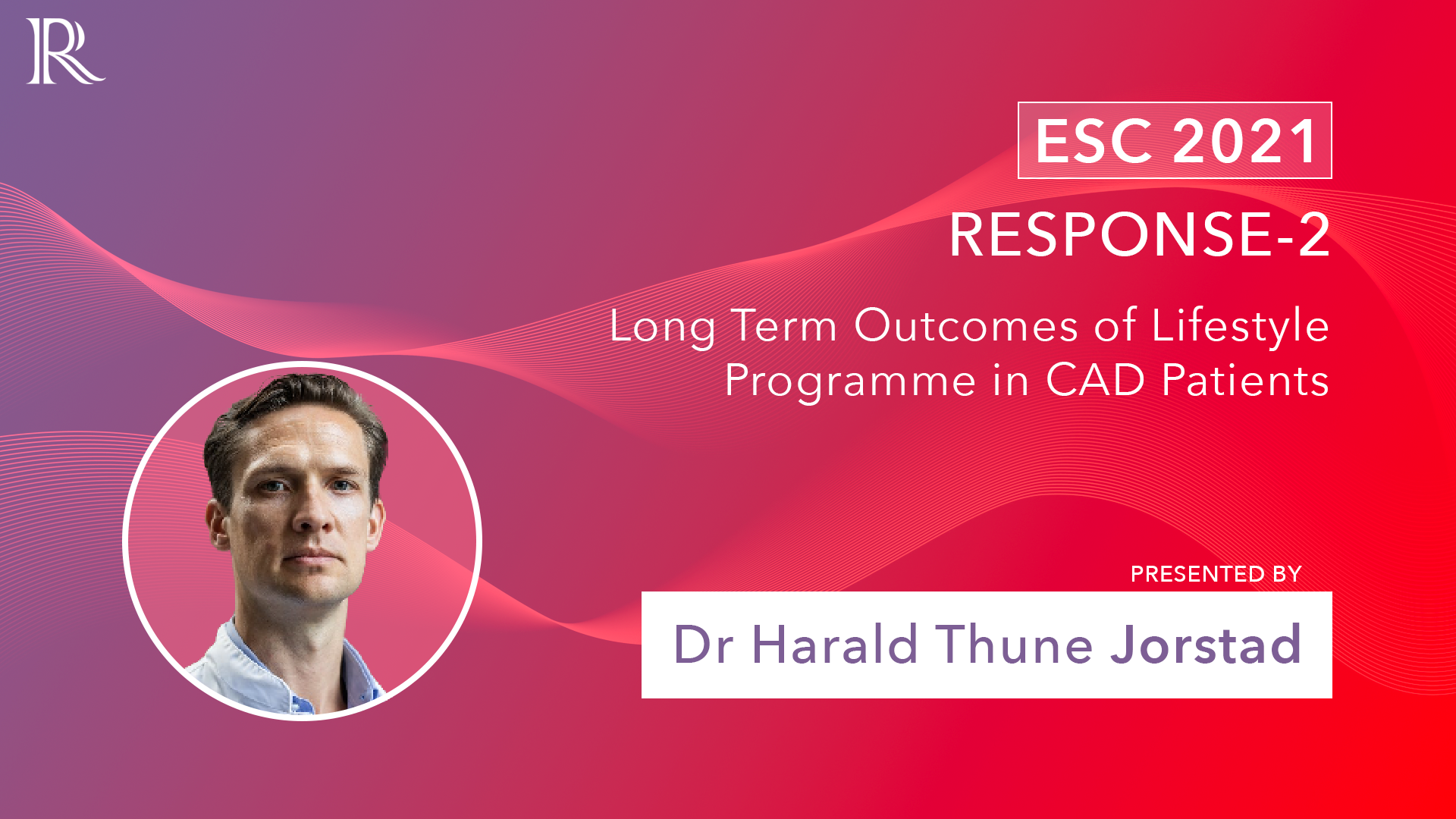 5m 11s
5m 11s -
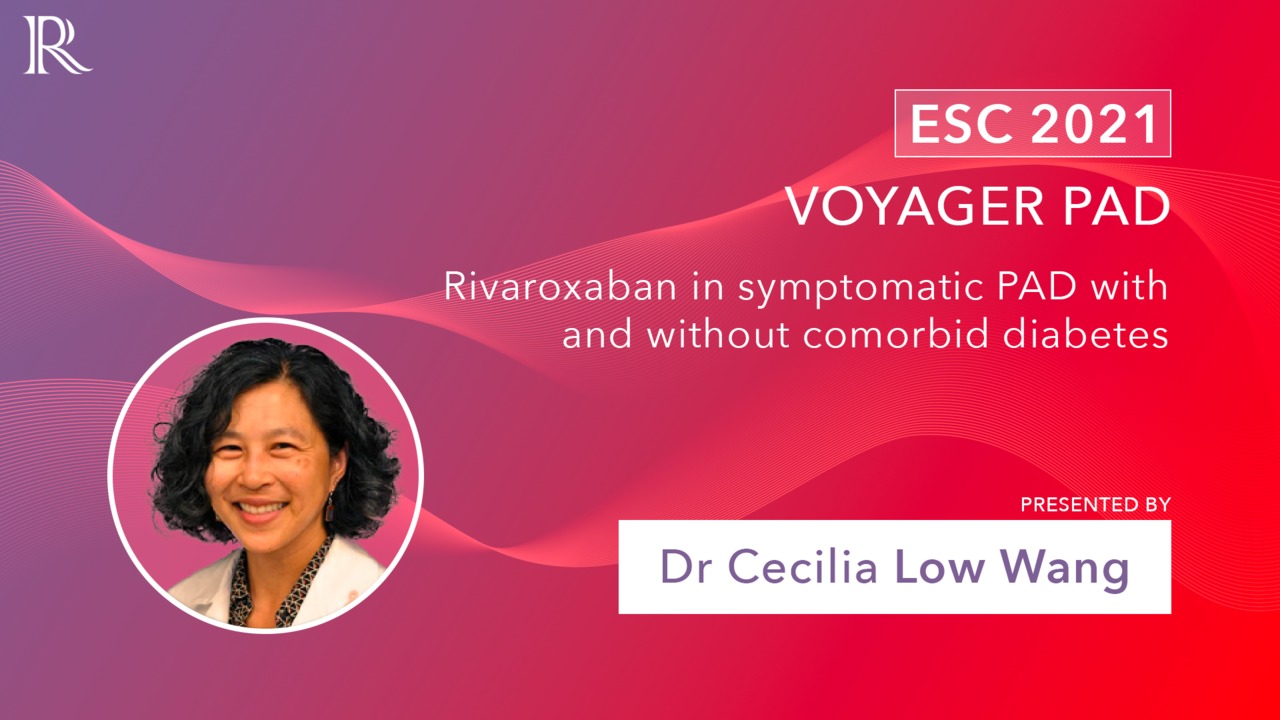 6m 9sPart 3 | Session 9 VOYAGER PAD: Rivaroxaban in Symptomatic PAD With & Without Comorbid Diabetes
6m 9sPart 3 | Session 9 VOYAGER PAD: Rivaroxaban in Symptomatic PAD With & Without Comorbid Diabetes -
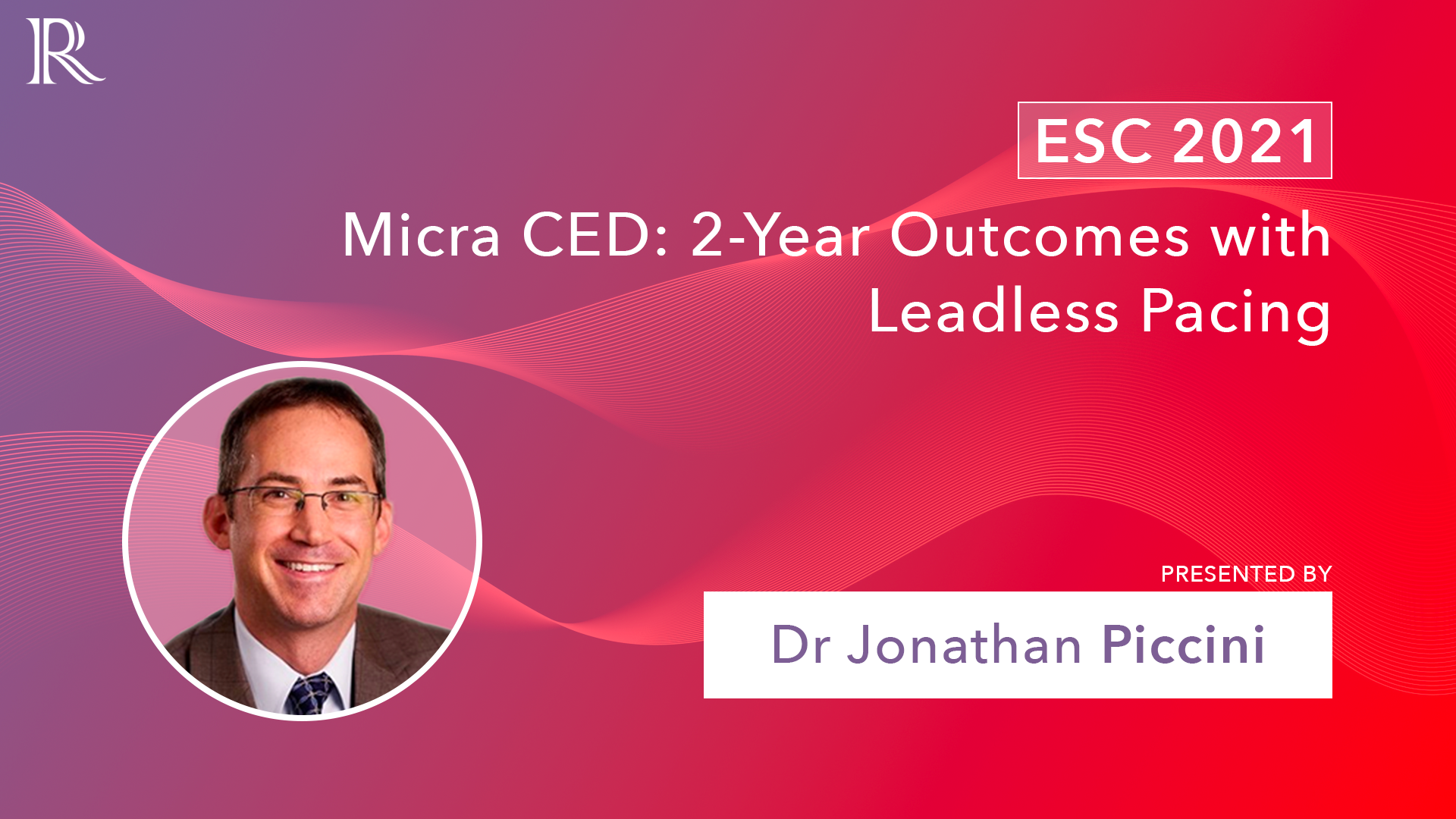 5m 50sPart 3 | Session 10 Micra CED: 2-Year Outcomes with Leadless Pacing
5m 50sPart 3 | Session 10 Micra CED: 2-Year Outcomes with Leadless Pacing -
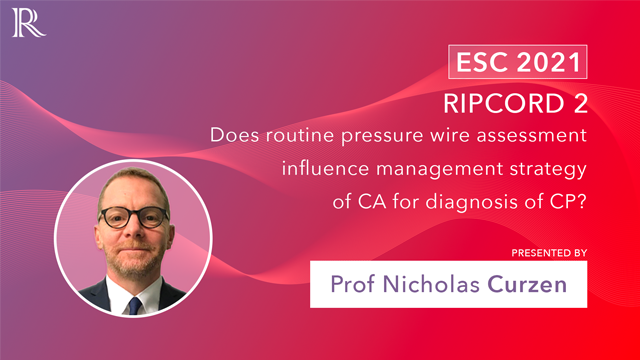 10m 53sPart 3 | Session 11 RIPCORD 2: FFR During Angiography Did Not Improve Patient Outcomes
10m 53sPart 3 | Session 11 RIPCORD 2: FFR During Angiography Did Not Improve Patient Outcomes
-
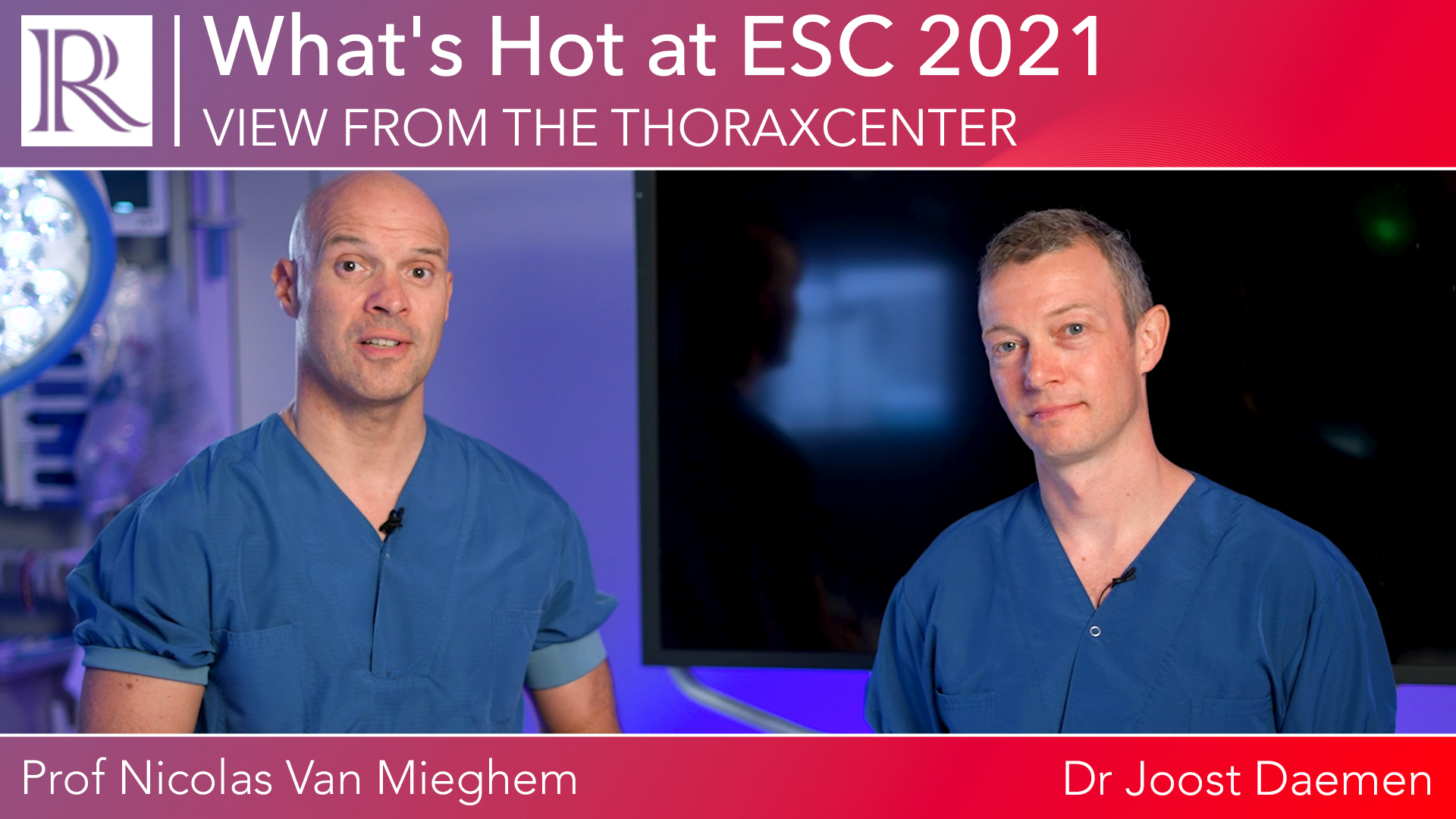 25m 18sPart 1 | Session 1 View from the Thoraxcenter – What's Hot at ESC 2021 Nicolas M Van Mieghem, Joost Daemen
25m 18sPart 1 | Session 1 View from the Thoraxcenter – What's Hot at ESC 2021 Nicolas M Van Mieghem, Joost Daemen
-
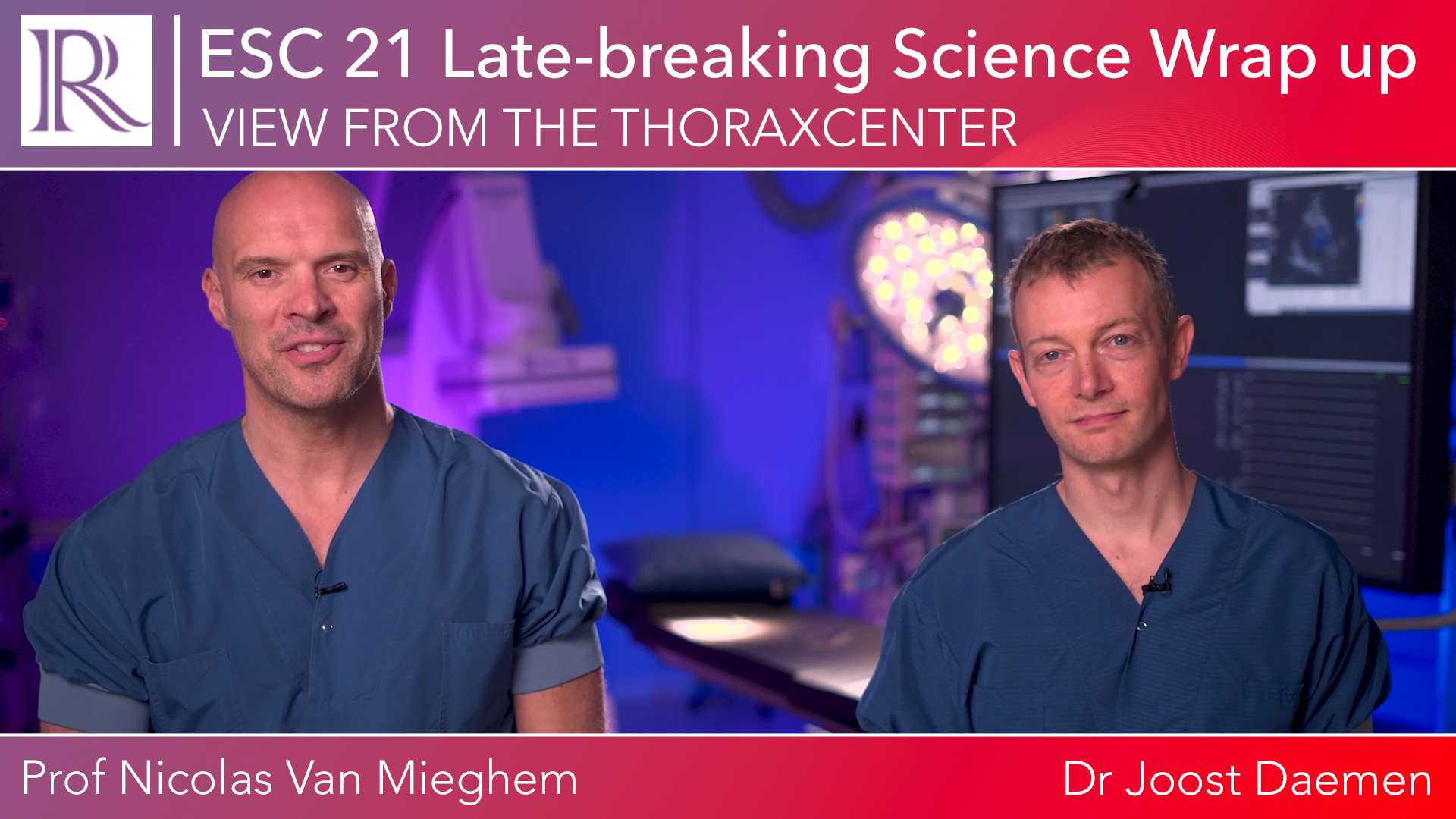 36m 1sPart 1 | Session 2 View from the Thoraxcenter: ESC 21 Late-breaking Science Wrap Up Joost Daemen, Nicolas M Van Mieghem
36m 1sPart 1 | Session 2 View from the Thoraxcenter: ESC 21 Late-breaking Science Wrap Up Joost Daemen, Nicolas M Van Mieghem
Overview
Our regular review series View from the Thoraxcenter hosted by Prof Nicolas Van Mieghem and Dr Joost Daemen (Thoraxcentre, Erasmus MC, Rotterdam, NL) provide a concise analysis of the late-breaking science results and spotlight impactful data.
For a deeper dive into key clinical trial data, Dr Harriette Van Spall (McMaster University, Hamilton, CA) interviewed principal investigators on their studies, learnings, and applicability to clinical practice in her regular Late-Breaker Discussion Series.
Short, accessible Expert Interviews were conducted with select faculty focusing on the results, applicability, and impact on future research.
More from this programme
Part 1
View from the Thoraxcenter
Part 2
Late-breaker Discussion Series
Part 3
Expert Interviews
Part 4
Masterclass with Dr Harriette Van Spall & Dr Birgit Vogel
Faculty Biographies

Harriette Van Spall
Associate Professor of Medicine, Director of E-Health and Virtual Care
Dr Harriette Van Spall is an Associate Professor of Medicine and cardiologist and serves as Director of E-Health at McMaster University, Canada. She completed her medical and postgraduate clinical training at the University of Toronto and earned a Master of Public Health degree at Harvard University, US. Dr Van Spall is a Canadian Institutes of Health Research-funded clinical trialist and researcher with a focus on heart failure, health services, and health disparities.
She has garnered more than $4 million in research funding, has won several research awards, and has published her work in high-impact medical journals. She is an invited speaker, media correspondent, and editorial board member active in peer review at several high-impact medications journals and grant funding agencies, including Canadian Institutes of Health Research and Heart and Stroke Foundation of Canada.
Dr Van Spall is an Editorial Board…

Stefan Anker
Professor of Cardiology
Prof Stefan Anker is professor of (Tissue) Homeostasis in Cardiology & Metabolism at Charité Berlin, Germany, since June 2017. Prodigious researcher who has authored more than 1,000 articles. He has also won several prizes, including the 2018 Copernicus Prize of German DFG & Polish FNP. In October 2020, he was awarded a Doctor honoris causa of Medical University Wroclaw, Poland.
Prof Anker has been serving on the board of the Heart Failure Association (HFA) of the ESC since 2006 and was HFA President from 2012 to 2014. He currently chairs the HFA committee on regulatory affairs. He is founding Editor-in-Chief of the first open-access heart failure journal, ESC Heart Failure. Prof. Anker has served on several ESC Guideline task forces.
Prof Anker is the founding president of the International Society on Sarcopenia, Cachexia and Wasting Disorders (SCWD) and founding Editor-in-Chief of the Journal of Cachexia, Sarcopenia and…
Transcript
Prof Anker: Thank you so much for having me.
Dr Van Spall: We are here at ESC 2021 to discuss your exciting late-breaking clinical trial presentation of the EMREROR-Preserved trial. Can you tell us about the rationale behind EMPEROR-Preserved?
Prof Anker: Yeah. Thank you so much. The rationale of course is based first of all, on the medical need. Heart failure with preserved ejection fraction in the world, there are many millions of patients with that disease.
So far, we have no successful evidence-based medicine for them. These patients are treated for their comorbidities, and for their symptoms, but really we have no proper trials with successful results yet done. So, that medical need constitutes the first rationale.
The second is that we have SGLT2 inhibitors, and starting with the EMPA-REG Outcome trial, we saw that you can reduce cardiovascular events, in particular, heart failure hospitalizations in diabetics in general.
In that study, we also had 700 heart failure patients, and looking at the details of these patients, particularly with regards to the event rates, we found that many of these patients must have had heart failure with preserved ejection fraction, and putting one-and-one together, we thought well, maybe then an SGLT2 inhibitor is also something good for HFpEF Now in addition to others, and I was part of these discussions thought maybe also in HFrEF, we should use them in the last one or two years.
The different studies in patients with, and without diabetes, and HFrEF were completed, and reported. And now, it's time to look at HFpEF with SGLT2 inhibitors.
Dr Van Spall: Right, certainly the mechanism of action of this class of medication makes it plausible that it could be quite efficacious in HFpEF. Tell us about your trials eligibility criteria, and whether you focused on any particular phenotype.
Prof Anker: Thank you so much. Now this is important, the trial results of course reflect the population studied, and the population studied here are heart failure patients with a preserved ejection fraction, with a left ventricular ejection fraction of above 40%. The range goes up to 75, or even a little higher ejection fraction points, but the average is about 54%. So heart failure with a variety of ejection fractions above 40%, symptomatic New York Heart Class two to four, patients with and without diabetes, men and women, 45% of patients included are women, 49% of patients included are diabetic, but 51% not diabetic.
All the patients had to have structural heart disease evidence of some kind, or evidence of real clinical need by having had a heart failure hospitalisation in the last 12 months.
And lastly, maybe looking at the kidney function, the GFR of patients had to be at least 20 Ml per minute, and this altogether constituted the patients included in the trial.
Dr Van Spall: Right, and while LVEF is a spectrum, the EF range between 40 and 50 is considered mid-range. So, why did you use 40 as a cut-off and not a higher threshold?
Prof Anker: Well, basically we really wanted to avoid any break in the continuation of ejection fractions included in the EMPEROR-Program.
The EMPEROR-Program is really a programme of studies in heart failure with reduced ejection fraction, and yes, mid-range ejection fraction, and preserved ejection fraction, as in true preserved ejection fraction with 50% and higher.
Now, interestingly to your point, the randomization in the trial was actually stratified by whether or not you had an ejection fraction of 50% or higher or below. So in about two months, we should be able to publish also the results of patients with an ejection fraction of 50% and higher alone.
But, as you will see in the results, and I guess we can discuss this in a minute, you can also take again one-on-one together and come up with the estimate yourselves.
We have reported in our primary results paper that is coming out now that the ejection fraction range between 41% and 49% mid-range as you call it, then 50 to 60%, and 60% and above there is no significant interaction for the results. I might like to say that straight away for the primary result of the study. So, whether you do it one way or another, the results I think in this particular study are the same.
Dr Van Spall: So tell us about your primary composite, and component outcomes, and what your trial population characteristics were.
Prof Anker: Yes. Now I mentioned already that we had half of the patients with diabetes, and 45% women. The average age of patients was 72 years. Atrial fibrillation was very frequent, more than 40%.
So the patients have many comorbidities, ischemic aetiology in one third of the cases. COPD was present, hypertension was very frequent in the history of patients. So, this is the characteristics of the patient population overall, and when we follow up the patients for an average of 26 months, and we compare 10 milligrams once daily Empagliflozin versus placebo.
The primary endpoint was the composite of cardiovascular mortality, and heart failure hospitalisation.
The first secondary end point was the first, and recurrent heart failure hospitalisation, and the second secondary endpoint was then the change of the slope of GFR over time. And so, these are the hierarchical end points, but of course we also looked at the components of the primary endpoint. We looked at quality of life measures, and New York Heart Class status, for instance.
Dr Van Spall: So tell us your findings.
Prof Anker: Yeah, great pleasure. Well, basically this is, and the press release announced it before, the first trial in heart failure with preserved ejection fraction that really in an unequivocal way shows a clinically meaningful difference that hopefully has an impact on the overall care for patients.
So looking at this in detail, we have a 21% reduction of the combined endpoint of cardiovascular mortality, and heart failure hospitalisation. If you look at the components for that, heart failure hospitalisation is the driver of this endpoint.
If you just take a first heart failure hospitalisation, you have a 29% reduction. If you take cardiovascular death as an isolated endpoint, you have a 9% reduction. The overall resolve with the 21% reduction has a high statistical significance with a p-value of 0.0003. And, the same is true for heart failure hospitalisation endpoints, also highly significant.
The cardiovascular mortality result is trend wise positive, but no significance at all.
Looking at this then, beyond these end points the GFR change is very significant. So, there is a protection of kidney function over time. But, if you look into heart kidney outcomes, maybe the follow up with 26 months for this was too short. It does not translate into a benefit on heart kidney outcomes.
And lastly, if you look into quality of life measures and symptoms, again, a significant benefit for the clinical summary score of the KCCQ, which is the key variable given here in this study, and it's the key quality of life measure we want to report on for now, a big quality of life paper is to follow, and also NYHA significantly, more frequently, you improve in your NYHA class, and equally you have a lesser likelihood of getting deterioration with Empagliflozin.
So all around event reduction, symptom, and quality of life reduction, and I think this overall tells you that for the first time, we have a HFpEF trial with a clear, and clinically significant, and meaningful difference in the primary outcome. So I think we have a reason to celebrate, HFpEF now has evidence-based therapy possibilities.
Dr Van Spall: So a large risk reduction, and the primary composite endpoint driven by a reduction in heart failure hospitalisation, why do you think we haven't found a drug yet that decreases significantly the risk of cardiovascular or all cause death in HFpEF?
Prof Anker: Well personally, I think that we are actually doing a fairly good job in treating these patients already with the other HFrEF medicines. Let's not forget that this is a problem of course, for all the trials in the past targeting RAS inhibitors, that quite many of these patients already do receive RAS inhibitors.
So, I'm trying to make a difference in a setting where patients are already fairly well treated is a tough job. Now in our trial, for instance, 80% of patients already were on a RASi, 36% were on a MRA, and 85% and more were on a Beta-Blocker.
So, many of our colleagues already vote, you might say, with their feet, and treat these patients officially, I guess, for their co-morbidities, but practically also because they have guidance from HFrEF, they already treat them like heart failure patients.
And now, you give on top of this something else, and well, 9% adds to the primary endpoint. Let's not forget, we have a total number of around about 600 to 650 primary events, and in the primary events in that analysis, one third is cardiovascular death, and two third is heart failure hospitalisation.
So together they make up this strong and meaningful result, but cardiovascular death alone on top of a situation where you already treat the patients fairly well, unfortunately we didn't get a bigger effect than the 9% result.
Dr Van Spall: Right, and I wonder also if it's because of the heterogeneity in, in underlying pathophysiology, in patients with HFpEF that RAS, the RAS system does not seem to be a culprit, particularly beyond an EF of about 60%.
And, there might be multiple mechanisms that we haven't yet tackled with the typical HFrEF drugs, which is why they haven't reduced mortality. I wonder what your thoughts are on the health status outcome. So, there was about a 1.5 score reduction in your imputed results. Is that beyond the threshold for clinically important difference in KCCQ?
Prof Anker: That's an important question, and frankly speaking I don't think that anybody at this moment really knows. We just don't have drugs that have positive trials in HFpEF, so really we have some quality of life results reported from Paragon and from TOPCAT and there it was also in the 1.3 to 1.5 range for the benefits.
You might say it's similar for the quality of life results seen elsewhere. There are some other trials that show less. I'm not aware of a single trial showing a bigger report on quality of life measures for the clinical summary score in heart failure with preserved ejection fraction. But to really, to your point, one of the exercises we will do in the near future is trying to use the EMPEROR-Preserve data to try to establish what is the minimally clinically important difference in quality of life measures, in health status kind of measures to be more precise for this population. We don't have the numbers yet that we have in HFrEF. A five point difference is needed.
What I can tell you already, if it were five points, it's about a odds ratio of 1.2 to be in, to have this a five point difference, but there's much more results coming out on quality of life measures in the next few months, Javed Butler is just panning the paper, so certainly an area that we are very much looking into.
Dr Van Spall: Absolutely. One last question, before I congratulate you on this remarkable practice changing trial, which you have been scheduled to present in the next couple of days.
A question pertaining to implementation, tell us about the adverse events, and who you would not treat with an SGLT2 inhibitor. So among patients with HFpEF, who would you not offer this therapy to?
Prof Anker: Well, thank you so much. This is important. Let me, first of all summarise the safety issues. No problem for amputation, ketoacidosis, or hypoglycemia at all. So this is the first statement.
Second, there is a small increase in the number of patients with symptomatic hypotension, and then the number of patients with genital infections about 1.5% increase over and above what you see in placebo.
This 1.5% is something you should be aware of. It's manageable overall, but you should be aware of tell the patient about, and with regards to the genital infection issue, I think that we need to do an even better job in telling patients about hygiene measures for prevention.
Now, who would I not start on an SGLT2 inhibitor? Probably it's like two kinds of patients. One, at least in heart failure for now, in the future may be different, in those with a GFR less than 20.
Now, of course there are trials that have reported for chronic kidney disease, but dialysis type patients, that's at the moment, still somewhat an open question, but there is one thing our trials and heart failure are limited to eGFR of 20, with other trials it's even 30, and in some countries, the label even still says 45 or 60 is a limit. We will do it up to 20 without a problem, but this is one limitation.
And the other limitation is if you want to undergo for the patient surgery, or an acute intervention, and really your plan to do this in the next few weeks, then maybe you should wait until after that intervention, just to reduce the possible risks of ketoacidosis in the context of such, such interventions.
Maybe the last thing, ongoing genital infection, urinary tract infections, if such a problem currently exists, then don't start an SGLT2 inhibitor. But by and large in, I would say 90 to 95% other patients, I wouldn't see a reason not to start it.
I would also not have a problem to start it at the end of the hospitalisation. Although, I have to say beyond what we know from Soloist for Sotagliflozin, where half the patients were started at such a time point, we shall in the near future learn from trials with Empagliflozin and Dapagliflozin about the practical implication of starting at the end of a hospitalisation in heart failure patients. But I'm very optimistic that also in such patients, you could do it, but it would be my private opinion, but in ambulatory patients, no reason to, to really prevent people receiving this of any kind with the few exceptions mentioned.
Dr Van Spall: How about Type 1 diabetics?
Prof Anker: Now Type 1 diabetics were of course excluded, but there is a limited data available from specific Type 1 diabetic studies, not in heart failure, we have to say. And so for Type 1 diabetic patients, the first SGLT2 inhibitor, I think approved was Sotagliflozin, Empagliflozin is now also I think, approved for this and others as well.
So, personally speaking with a careful review, SGLT2 inhibitors are useful for these patients, particularly when they have cardiovascular risk factors. But of course in our heart failure trial, we have to say, we didn't accept patients for enrollment with Type 1 diabetes.
Dr Van Spall: Right, and I might add that the approvals are in Europe. I'm not sure that these approvals pertained to North America. Well, let me congratulate you on this remarkably well conducted trial that is going to change clinical practice.
Congratulations to you, and your co-PI Dr.Javed Butler, and I hope that our paths cross again, because I know you have several papers in the pipeline, and I hope to discuss these secondary analysis with you in the future.
Prof Anker: Thank you so much for having me.






